Technological Advancements
The Elevator Control Market is experiencing a surge in technological advancements, particularly with the integration of smart control systems. These systems enhance operational efficiency and user experience by utilizing IoT technology, allowing for real-time monitoring and predictive maintenance. As of 2025, the market is projected to grow at a compound annual growth rate (CAGR) of approximately 6.5%, driven by the demand for more efficient and reliable elevator systems. The incorporation of advanced algorithms and data analytics into elevator control systems is likely to optimize traffic management and reduce wait times, thereby improving overall building accessibility. This trend indicates a shift towards more sophisticated elevator solutions that cater to the needs of modern infrastructure.
Sustainability and Energy Efficiency
Sustainability initiatives are becoming increasingly important within the Elevator Control Market. As environmental concerns rise, there is a growing demand for energy-efficient elevator systems that minimize energy consumption and reduce carbon footprints. The implementation of regenerative drives and energy-efficient control systems is expected to gain traction, as these technologies can significantly lower energy usage in buildings. By 2025, it is anticipated that energy-efficient elevators will account for a substantial portion of new installations, driven by both regulatory pressures and consumer preferences for sustainable solutions. This trend indicates a shift towards greener technologies in the Elevator Control Market, aligning with broader sustainability goals.
Integration of AI and Machine Learning
The integration of artificial intelligence (AI) and machine learning into the Elevator Control Market is poised to revolutionize how elevators operate. These technologies enable predictive maintenance, which can significantly reduce downtime and enhance user experience. By analyzing data from elevator usage patterns, AI can optimize routing and improve energy efficiency. As of 2025, the market for AI-driven elevator systems is expected to expand rapidly, with many manufacturers investing in smart technologies to stay competitive. This trend suggests that the Elevator Control Market will increasingly rely on advanced technologies to meet the evolving demands of urban environments and enhance operational efficiency.
Regulatory Compliance and Safety Standards
The Elevator Control Market is significantly influenced by stringent regulatory compliance and safety standards. Governments and regulatory bodies worldwide are implementing more rigorous safety protocols to ensure the safe operation of elevators. As of 2025, compliance with these regulations is not only a legal requirement but also a competitive advantage for manufacturers and service providers. The increasing focus on safety features, such as emergency communication systems and advanced braking mechanisms, is likely to drive innovation within the market. This emphasis on safety and compliance may lead to higher operational costs for companies, but it also presents opportunities for growth in the Elevator Control Market as stakeholders seek to enhance their offerings.
Urbanization and Infrastructure Development
Rapid urbanization and ongoing infrastructure development are pivotal drivers of the Elevator Control Market. As cities expand and new skyscrapers emerge, the demand for efficient vertical transportation systems increases. In 2025, it is estimated that urban areas will house over 55% of the world's population, necessitating advanced elevator control solutions to manage high-rise buildings effectively. The construction of mixed-use developments and smart cities further propels the need for innovative elevator systems that can handle increased passenger volumes. This trend suggests that the Elevator Control Market will continue to thrive as urban planners and developers prioritize efficient transportation solutions in their projects.

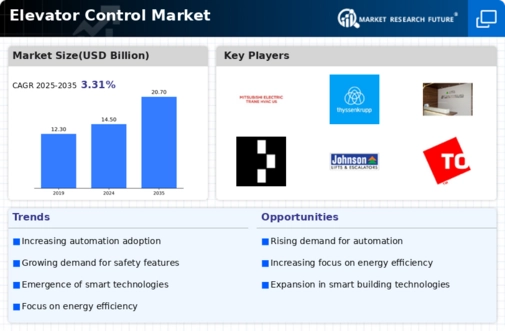
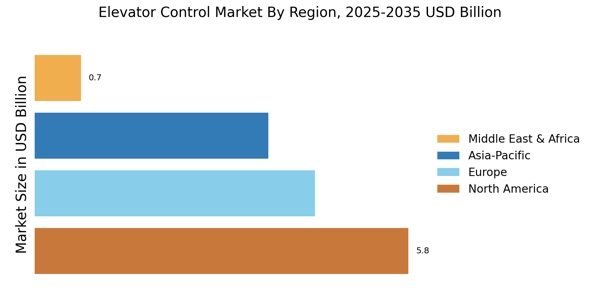

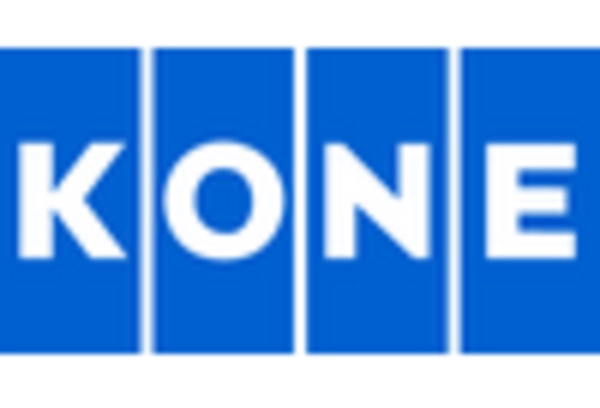
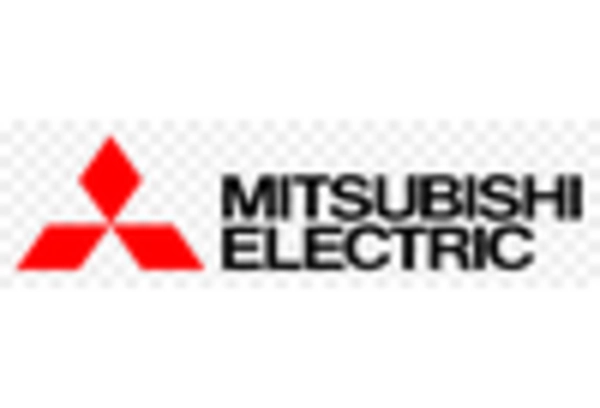
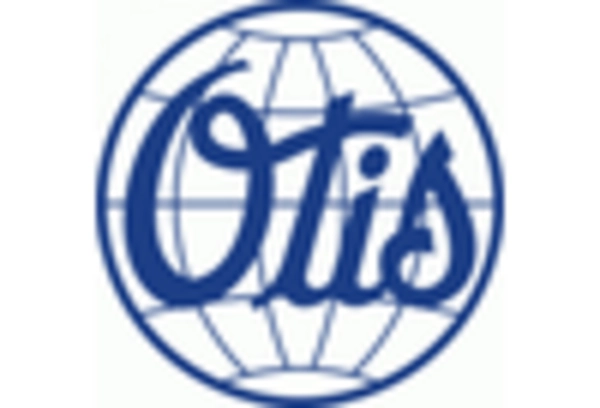
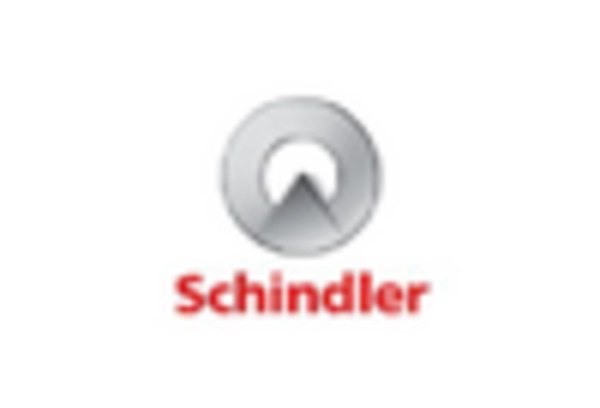
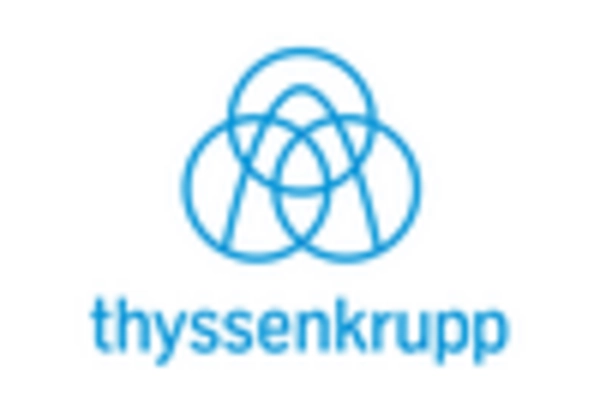








Leave a Comment